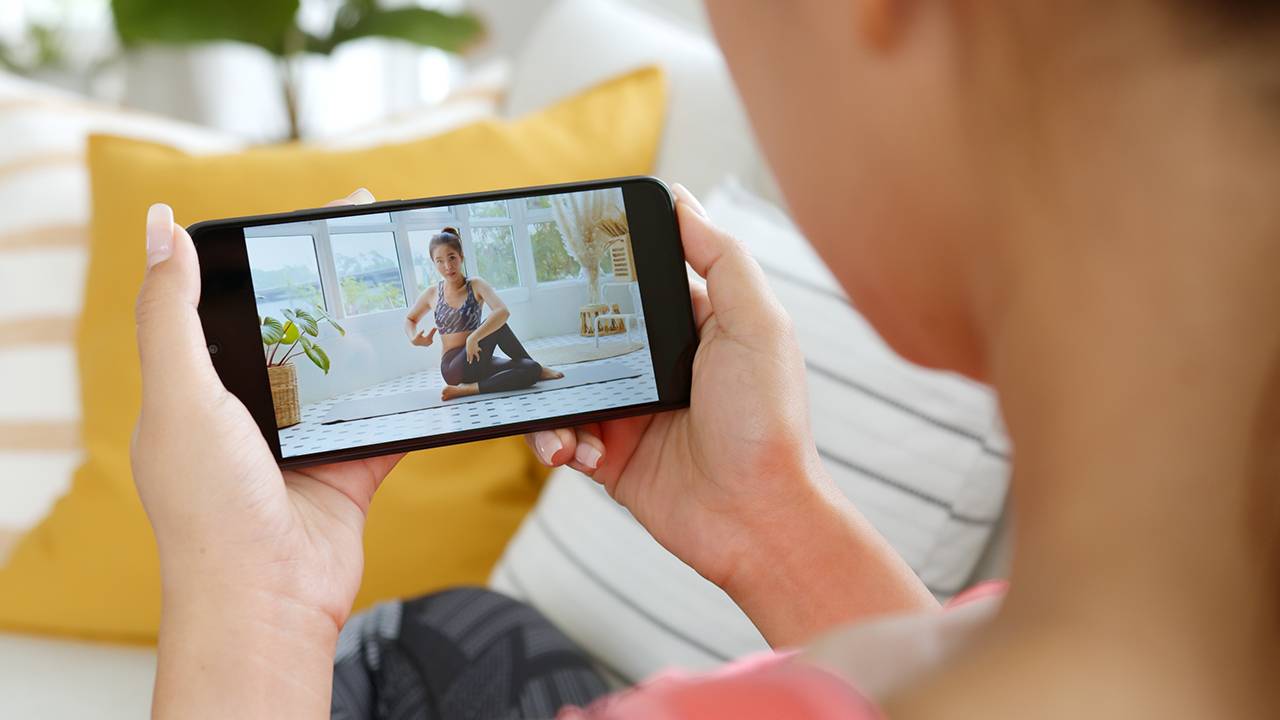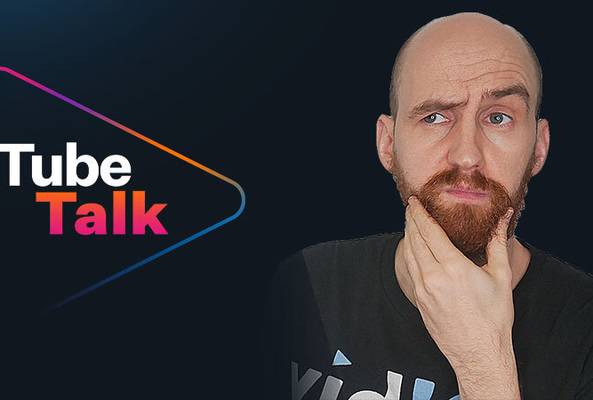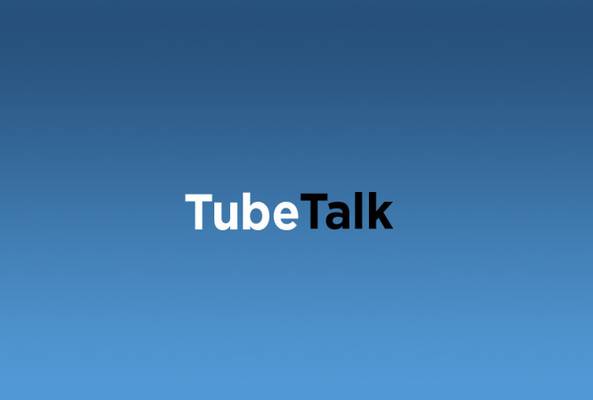Lydia Sweatt is a writer, bookworm, and bass guitar enthusiast. When she goes outside, a bicycle goes with her.
What the YouTube Algorithm Likes to See on Creators' Videos

JUMP TO SECTION:
- 1. Positive Survey Responses
- 2. YouTube Likes
- 3. High Average View Duration
- 4. YouTube Video Shares
- 5. High YouTube Click-Through Rate
- 6. Successful Collaborative Filtering
- What Matters Most to the YouTube Algorithm
Many creators want to know how the YouTube algorithm works, and we can see why. For one, it’s a free, hands-off way of advertising your content to the right people. You know the algorithm will promote your best videos no matter what's happening on your channel.
But, seriously: What are YouTube recommendations based on? How do you get your YouTube videos seen by thousands of people on the platform?
First, you should know there are two video suggestion models on YouTube:
- A model that chooses videos for the YouTube homepage
- A model that recommends what you should watch next
In this episode of TubeTalk, Matt Gielen, CEO of Little Monster Media and Electric Monster Media, explains why YouTube recommends some videos over others. Some people think the secret is high video resolution, subscribers, and other YouTube growth myths. But this episode reveals the truth.
As it turns out, there are no “lucky” videos. When YouTube recommends something, that means the video performs well in six areas.
1. Positive Survey Responses
Has YouTube ever asked you to complete a survey after watching a video? Most likely, your audience saw a similar notification for your content. If they chose to participate, they answered one question for YouTube’s algorithm: “What did you think of this video?” Below that prompt was a section to rate the video and describe it with words like “enjoyable” or “life-changing.”
“We serve out millions of surveys per month to viewers,” says YouTube product manager Rachel Alves in a Creator Insider video. “Now, they’re not served on every single video…. But we use this data to train prediction models to identify which videos are highly satisfying.”
Gielen adds another point: The more “niche” your community is, the more it engages with your content universe. So while some people ignore surveys, an engaged audience could respond with higher satisfaction.
2. YouTube Likes
What do likes do on YouTube?
Most aren’t aware, but a large number of likes will influence YouTube’s recommendation system. It starts to think, People are enjoying this video, and I should share it with more viewers. Or at least, that’s what I imagine a super-smart algorithm to sound like.
No matter what, ask viewers to smash the YouTube like button. It’s never a bad idea.
3. High Average View Duration
Average view duration (AVD) is how long most viewers watch a video, whether that’s two minutes or a whopping 25. The algorithm loves this metric, but it’s not easy to master. Few people have the attention span (or the time) to watch video content from start to finish.
Read More: How to Increase Audience Retention on Every YouTube Video
That’s why higher AVDs appeal to the algorithm. The extra Watch Time means thousands of people were willing to explore a video deeply.

“The vast majority of viewership on YouTube is passive – it’s not engaging, it’s not commenting, it’s not liking [videos],” Gielen says. “And so a great indication of someone being satisfied is that they watched the video [for a long time].”
Not all Watch Time is equal, though. Some people watch an entire video and leave feeling dissatisfied, so context matters. Even if a video has a high AVD, it doesn’t mean it will become a popular YouTube suggestion by that standard only.
4. YouTube Video Shares
You’ve heard the common outro for most videos: “Don’t forget to like, comment, and subscribe to my YouTube channel!” This call to action comes after a tutorial video, product review, explainer video, reaction video, or prank of some kind.
But something is missing from that script. Few people realize that asking viewers to hit share is one way to get your video recommended on YouTube.
Why? Video shares are a sign you've satisfied hundreds of viewers. That metric tells the algorithm that your video is enjoyable and worth suggesting to more people.
5. High YouTube Click-Through Rate
Click-through rate (CTR) is the percentage of viewers who click on a video after seeing its thumbnail. For example, if you have a 10% CTR, that means 10% of people who saw your video decided to click on it. The official formula for CTR is number of clicks / number of impressions x 100 = CTR.
Read More: Getting a Good Click-Through Rate on YouTube - 6 Powerful Tips

“When videos are recommended to viewers, what do they do with [them]?” Alves says in a Creator Insider video. “Do they click to watch, do they click not interested, do they ignore it and watch something else?”
The algorithm treats CTR like a performance metric. If a video has many clicks relative to impressions, it might become a YouTube video suggestion.
6. Successful Collaborative Filtering
Collaborative filtering sounds like some complicated feature of the algorithm, but it’s pretty simple. All it means is that hypothetically, some viewers have so much in common that they’ll enjoy the same videos. To prove this theory, YouTube recommends videos to like-minded viewers until the content starts to underperform.
Gielen explains the YouTube recommendation algorithm like this: “If person A likes something, and person B and person C are similar to person A based on their past actions, [YouTube serves] the video to person B and C.”
Think of collaborative filtering like a virus. Every time someone enjoys your content, YouTube recommends it to someone who might feel the same way. The more people you satisfy, the more YouTube recommends your video.
The algorithm sends your content through this chain of “similar viewers” until the original prediction (that people will enjoy your video) is no longer valid. That's the power of machine learning.
What Matters Most to the YouTube Algorithm
As you can see, there’s no such thing as a YouTube algorithm hack. If your views skyrocket overnight, it’s not because you learned how to beat the YouTube algorithm.
Instead, you’re getting better at two things:
- Understanding which videos your audience likes
- Creating videos that satisfy your viewers
More than anything, a satisfied viewer is what creates a YouTube algorithm boost.


